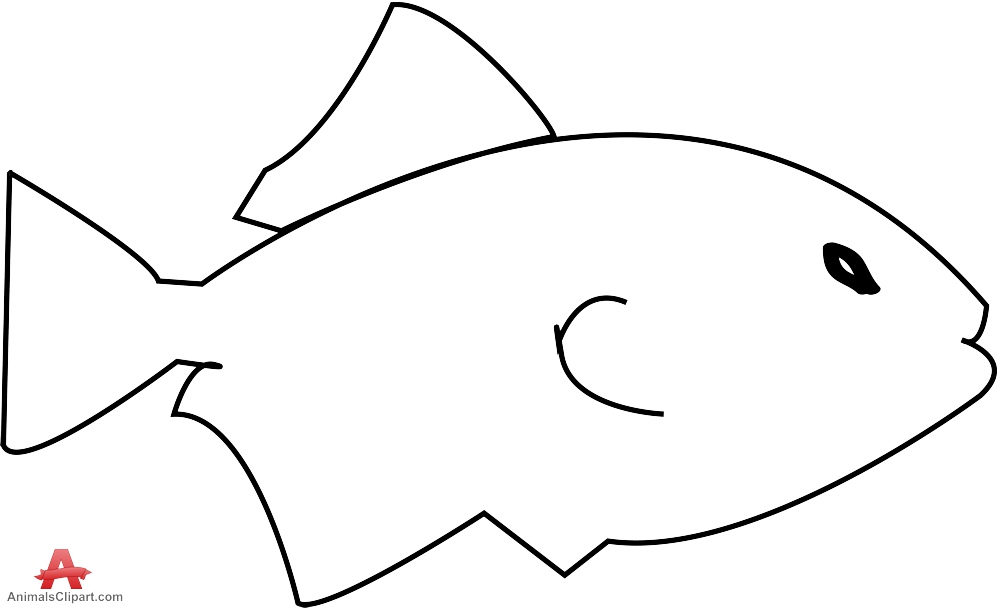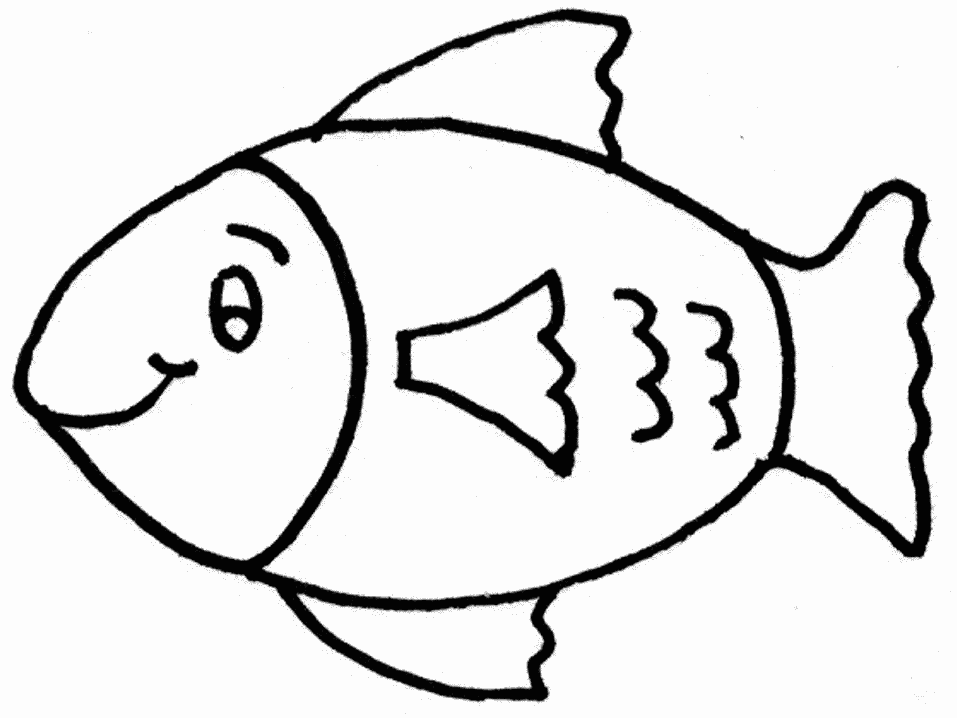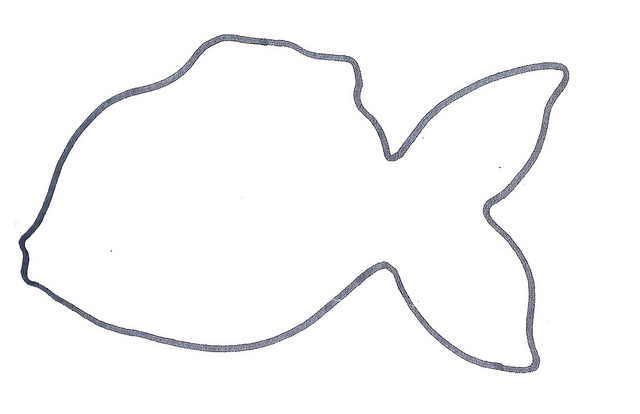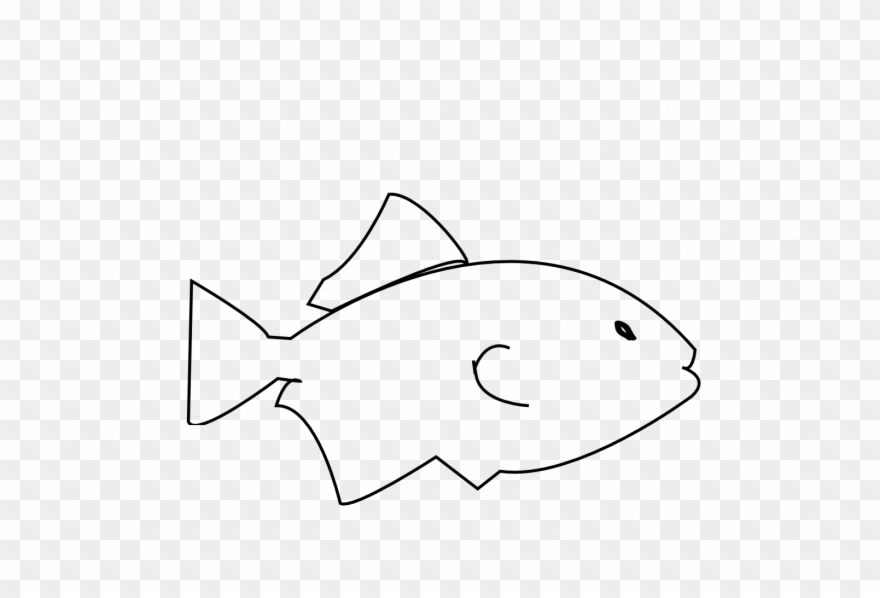
The partners will follow up with validating fieldwork, identify knowledge gaps, map institutional obstacles, and suggest governance action. First, we therefore map out current governance structures and processes with regard to SIS value chain, with particular attention for understanding synergies or the lack thereof, between health, food and fisheries policies. Its main purpose is to understand and improve governance structures and processes that ensure or prevent SIS from being available and accessible for the low-income consumer market. (4) Conducting transfer workshops with suitable stakeholders to define suitable measures to improve quality and safety of small fish product and reduce wastes.įinally, SFF addresses the institutional aspects and the role of the fishmeal industry. (3) Developing suitable strategies to improve food quality and safety along the value chains. (2) Identifying critical points for food quality and safety along the value chains. To increase nutrition and food security, following comparative activities in Ghana and Uganda are planned: 1) Assessing nutritional quality and safety of small fish along the value chains.

Apart from significant postharvest losses due to spoilage, little is known about risk for food safety (microbial contamination and toxins) and changes in nutrient content along the value chains. For value addition, the improved products will be packaged, labelled and introduced in markets and supermarkets.ĭried and smoked small fish is a common food ingredient in Africa but their role in the diet is not well understood.

To improve the safety and quality of dried SIS products processors will test new technologies using solar tunnel dryers, sun-drying platforms and hammer mills. To assess the nutritional value and safety of SIS available to consumers based on existing processing, storage and marketing practices, fish samples will be collected from market places to be analysed for nutrients and toxins. To understand the distributional role of the market for the availability, affordability and quality of SIS for low-income consumer segments, we will map geographical flows and estimate volumes and prices of SIS in urban and remote rural markets. transport, storage, public market facilities, credit access) on fish quality and income generation. Interviews with processors and market traders will examine the impact of infrastructural constraints (e.g. The Small Fish Food project identifies factors influencing availability of high quality SIS in local markets as well as develop technologies and strategies for reducing post-harvest losses, improving fish hygiene and safety, and enhancing the products’ shelf life and value. Linking this data with existing Ecopath models of the ecosystem allows for the development of a integrated Social-Ecological model. Finally, we work to obtain quantified data of the various forms of SIS entering the value chain by interviewing key informants on all levels. Detailed analysis of volumes of landed SIS in the various processing stages to packaging will provide conversion factors and losses. We will further apply a mass balance approach to assess the flows of fish from fisher to consumer in selected fishing sites in Ghana, Uganda and Kenya. NAFIRRI will also test improved harvesting methods.

The apps will also be tested for their utility for fishers and processers themselves to incentivize data sharing. Comparison with existing monitoring will gain insight in the potential underestimation for improved stock assessment. Our partners NaFIRRI and KMFRI will introduce an electronic catch recording/tracking system (App) and sample catches via fishers. This project works towards improved catch and effort statistics, and estimating flows through the various nodes in the value chain.

Small indigenous species (SIS) are not well represented in catch or trade statistics and their importance and sustainability needs documentation. Disseminate the nutritious value of small fish to stakeholders and governance agencies and analyse how barriers to sustainable utilization can be resolved.Improve the production processes to achieve better quality and longer shelf life.Identify and describe the harvesting, marketing and utilization patterns of small fish and how they contribute to food and nutritional security in these countries.Identify, quantify and map current patterns of production and distribution of small fish for food and feed, with particular reference to Ghana, Kenya and Uganda.SmallFishFood is an interdisciplinary project working on four interconnected objectives:


 0 kommentar(er)
0 kommentar(er)
